Keep alive the beauty of your summer garden and patio plants by hosting them indoors for the winter.
Outdoor Plants That Can Survive and Thrive Indoors
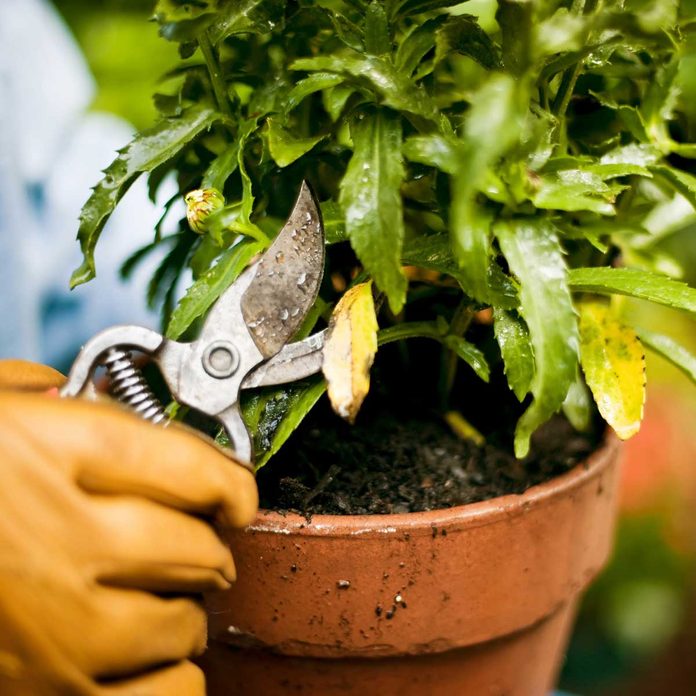
Prep Outdoor Plants
Everyone could use a summery boost in the dead of winter, such a plant blooming in a sunny window or fresh herbs snipped for dinner. Fortunately, it’s not difficult to achieve. With just a little prep, you can bring a bit of summer’s flowers and flavors indoors. Begin with these plant-prep tips:
Plan Ahead: Start moving outdoor plants indoors before there’s a hard frost.
Trim: Cut plants back to a manageable size.
Contain: Dig up annuals and move them to containers that will accommodate their size. Add a high quality potting mix as needed to secure the outdoor plant in the pot.
Inspect: Look for insect or disease before moving them inside. Snip off damaged leaves. If you find insects, consider using an insecticide.
Shower: Give the plants a quick shower with the garden hose to wash off any dust or insects. Make sure to spray the undersides of leaves.
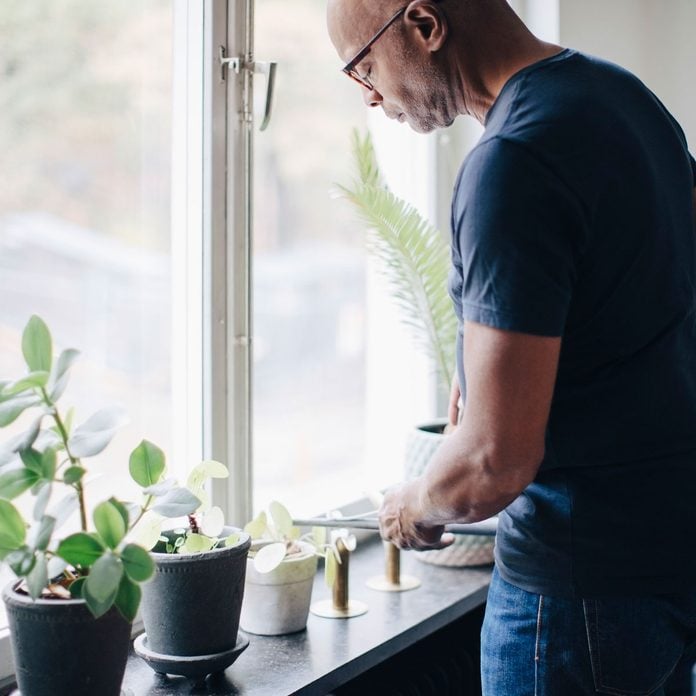
Ready a Spot Inside
Determine where to put the plants indoors, keeping in mind that good light is essential.
Give annuals and herbs as much light as possible. Windows with east, south or west exposure work well for plants that want to bask in the sun. North-facing windows work well for shade-tolerant annuals and herbs. Light is especially important for flowering annuals such as impatiens and geraniums.
Move them in and move them around as needed, until you find a spot that suits them. Don’t worry too much initially about dropped leaves. That will happen as your outdoor plants adapt to less light than they had outdoors.
Read on for some of our favorite outdoor plants to bring indoors for the winter.
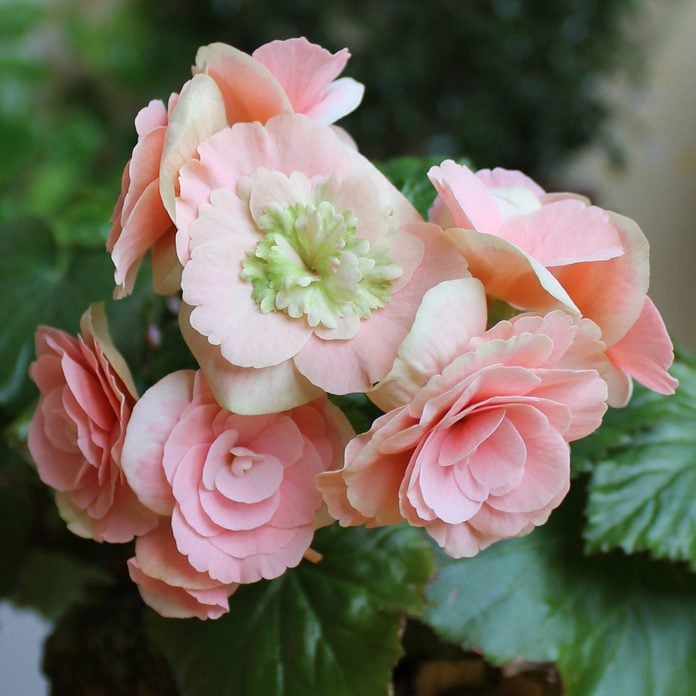
Begonia
Begonia is easy to move indoors. There are several types, including rex, fibrous and tuberous. Rex, known for its colorful leaves, is a popular houseplant. Begonias, even the ones that bloom, can tolerate shade. If it starts to bloom, apply an all-purpose fertilizer according to label directions to help!
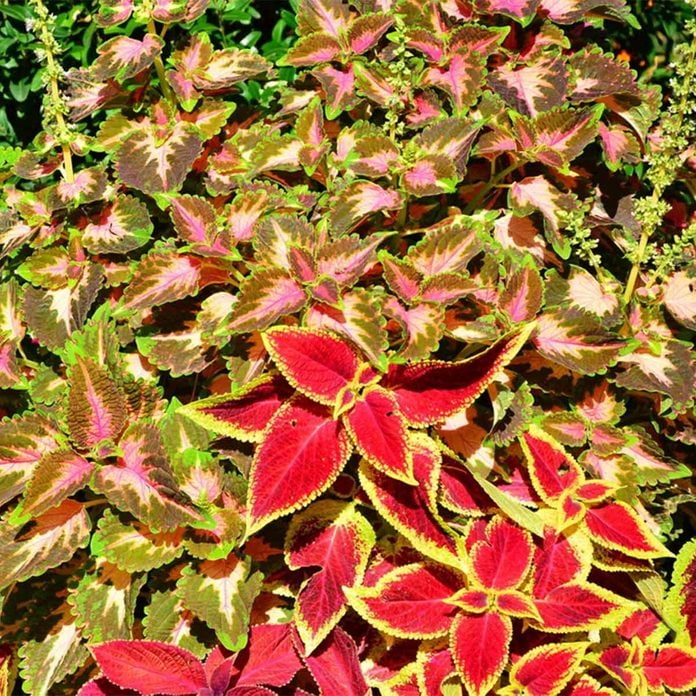
Coleus
Coleus is prized for its colorful foliage indoors and out. Good natural light is essential for strong leaf color. The more intense the light, the better the colors. The coleus flower is a spike with tiny blue flowers. Many people remove the flower stalk and enjoy this plant for its foliage alone.
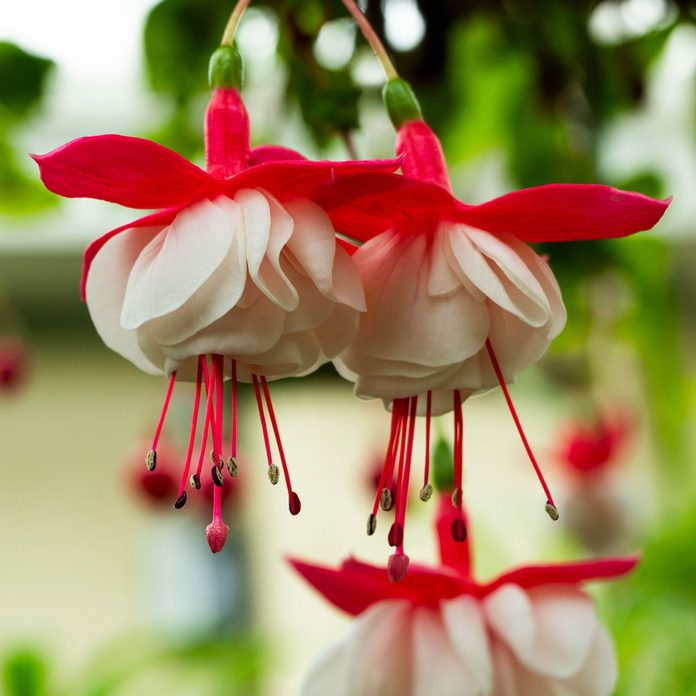
Fuchsia
This tropical plant is a favorite to bring inside because it, like the geranium and impatiens, will likely bloom indoors in winter. Give fuchsia good indoor light and keep the soil evenly moist but not wet. If it starts flowering, apply an all-purpose fertilizer according to label directions to encourage the blooms. In summer, move the fuchsia back outdoors, where hummingbirds will likely find it.
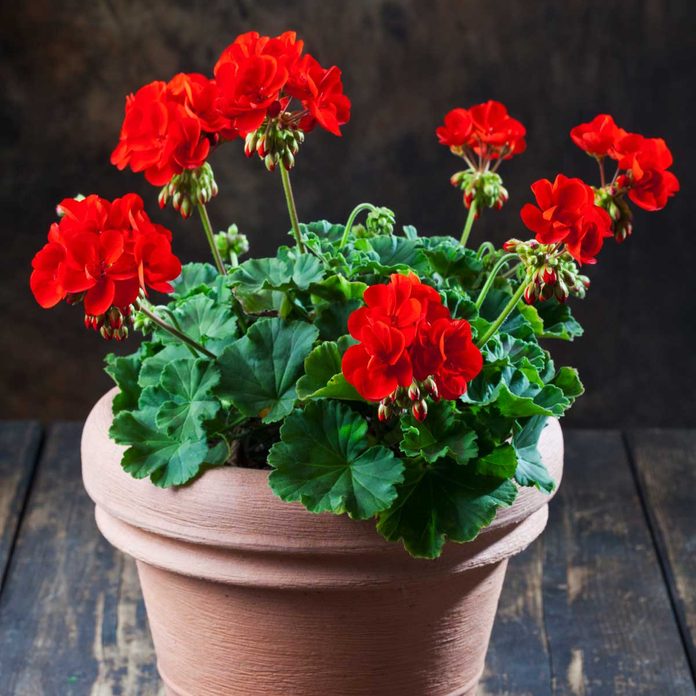
Geranium
Geranium, technically a tender perennial (Pelargonium spp.), is one of the most popular summer plants to bring indoors. In a bright, sunny window, this outdoor plant will bloom, even in winter. Do not overwater — allow the soil to dry out between waterings.
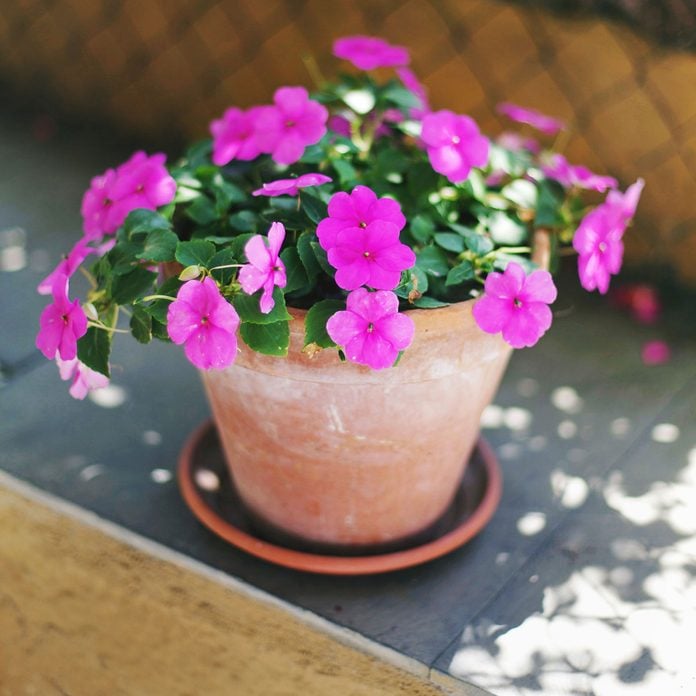
Impatiens
The best reason to bring impatiens indoors is the good chance that you’ll get flowers off and on, especially when the plant is given bright light. Impatiens prefers evenly moist (not sopping wet) soil. Too wet and the plant will rot.
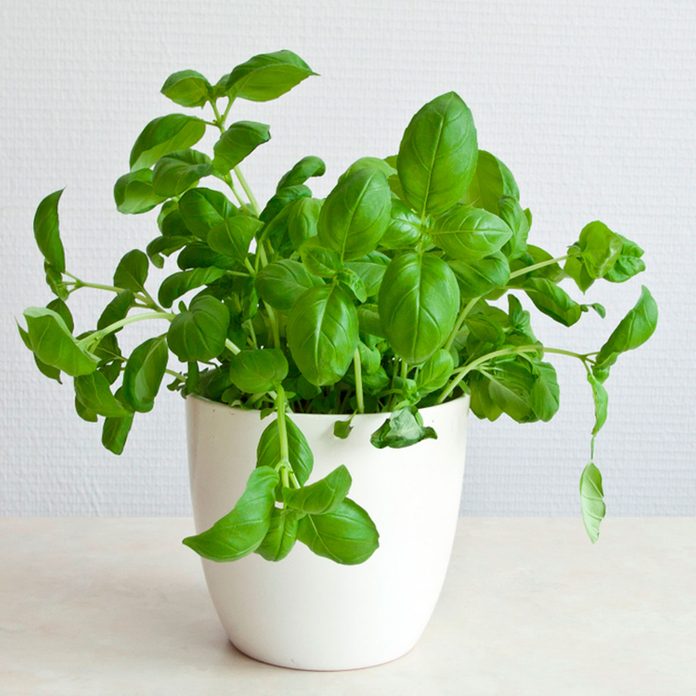
Basil
Basil is one of the best herbs to grow. If you love basil and have more than one plant, bring as many as you can indoors. Keep an eye out for aphids or fungus disease. Set the plants in or near a bright, sunny window. Water basil when the soil surface feels dry. Snip leaves to brighten wintertime meals. If the basil blooms, know that the flowers are edible, too!
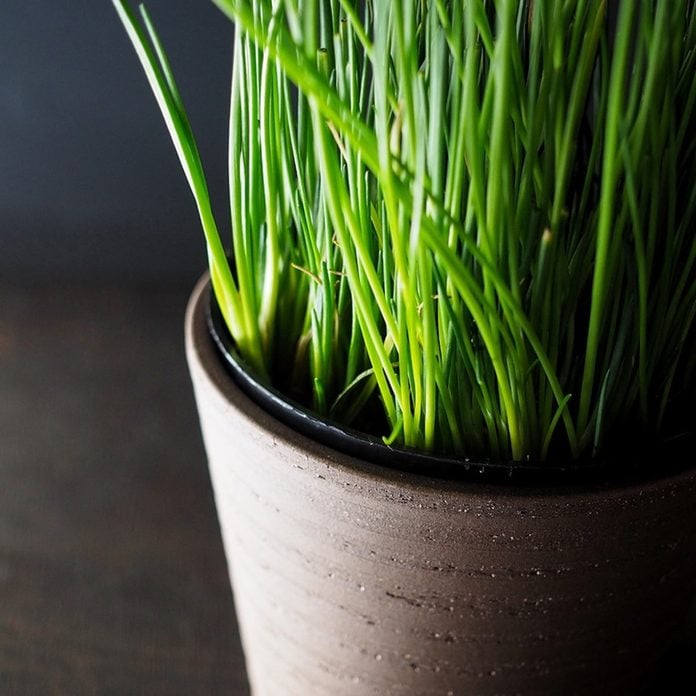
Chives
Shade-tolerant chives are surprisingly easy to grow indoors. They self-sow outdoors, so find a patch, dig it up and bring it indoors. Add a few snips of chives in scrambled eggs, cheesy potato recipes and salads.
Pro tip: If you don’t have chives in your garden but would like to give them a try, start with seed inside. Follow the instructions on the seed packet, and in a short while fresh chives are just a snip away.
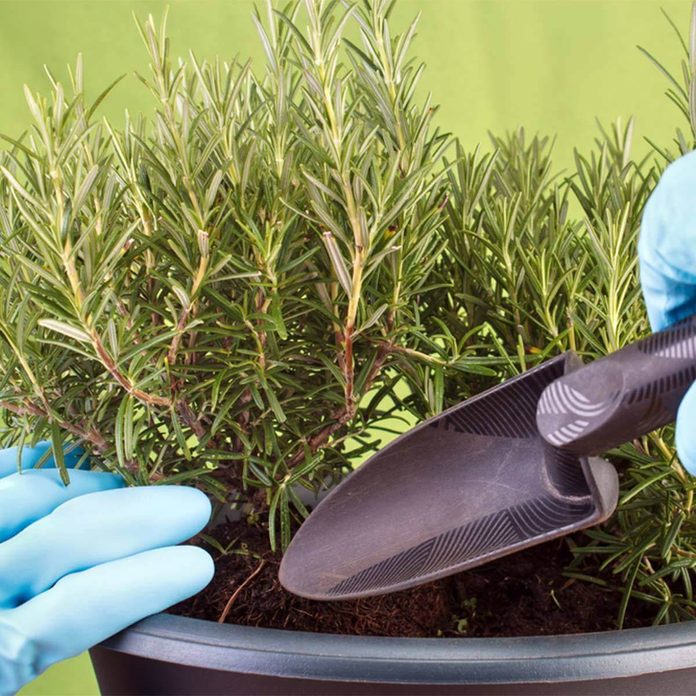
Rosemary
Rosemary is another tender perennial that many gardeners grow in a pot, so it’s easy to move indoors. Once inside, give it as much sun as possible. If it dries out, it will die. Add fresh rosemary to your roasted root veggies. If you’re lucky, you may have rosemary flowers in December or January.
